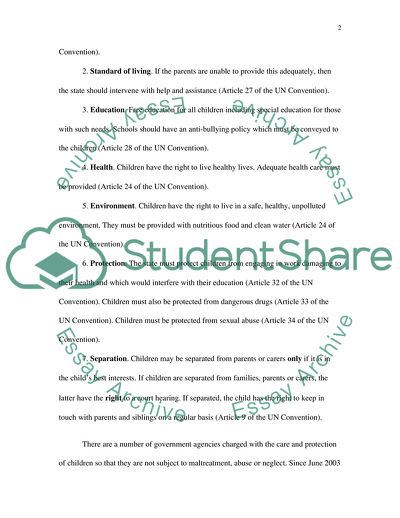Cite this document
(Universal Concern over Child Protection Case Study, n.d.)
Universal Concern over Child Protection Case Study. Retrieved from https://studentshare.org/law/1707561-child-protection
Universal Concern over Child Protection Case Study. Retrieved from https://studentshare.org/law/1707561-child-protection
(Universal Concern over Child Protection Case Study)
Universal Concern over Child Protection Case Study. https://studentshare.org/law/1707561-child-protection.
Universal Concern over Child Protection Case Study. https://studentshare.org/law/1707561-child-protection.
“Universal Concern over Child Protection Case Study”. https://studentshare.org/law/1707561-child-protection.


